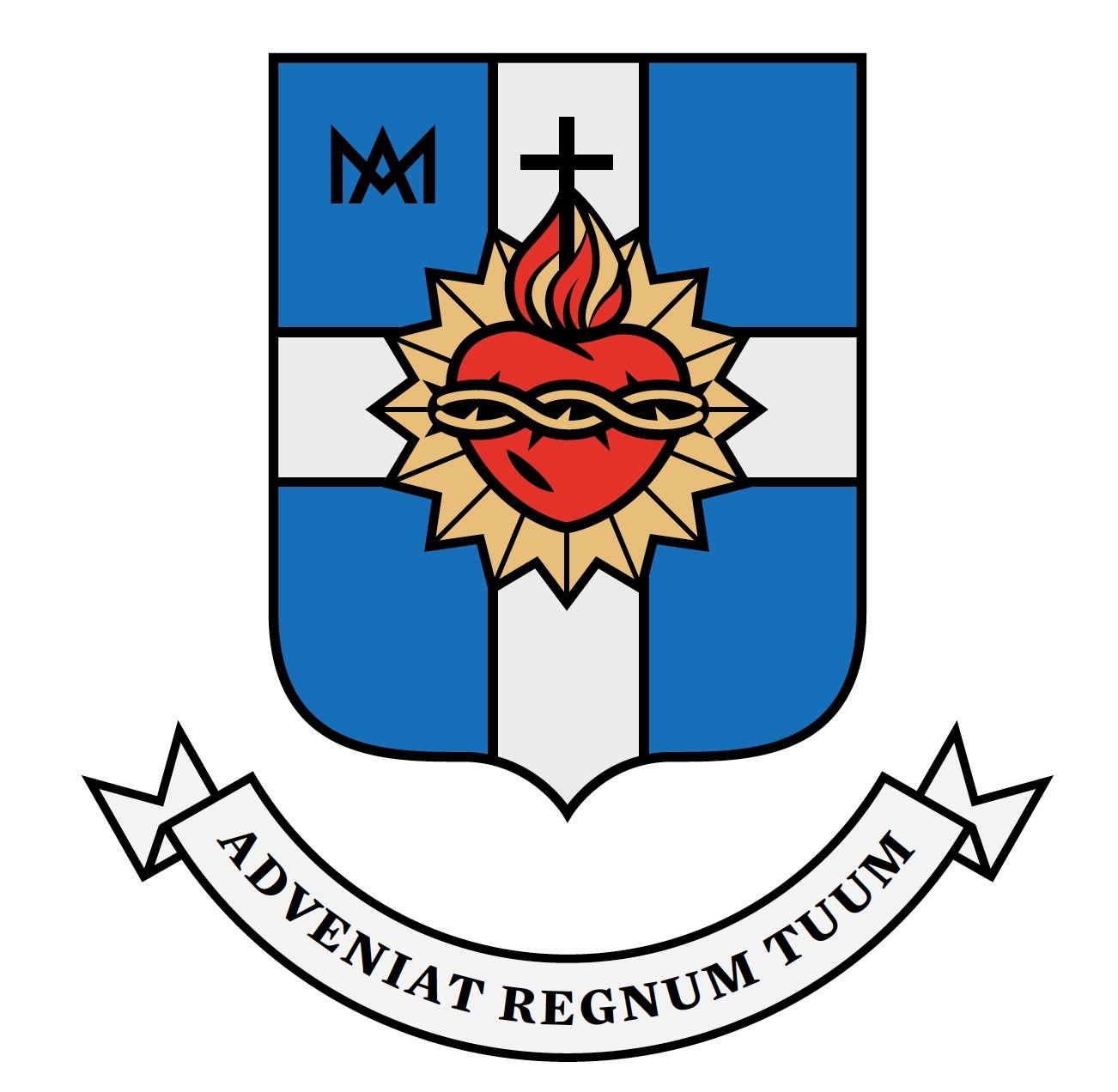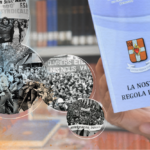The New Constitutions: the Dutch Perspective
The Dutch province found itself in a stormy period. The 1960s were marked by the rise of new ideas and new social expectations. Religious life was also marked by this process.
The decree Perfectae Caritatis of October 28, 1965 reflected what had been established at the Second Vatican Council regarding religious life. Adaptation and renewal of what was seen as the core of religious life: Christian love. The message was that this renewal was now prescribed, not just recommended. Congregations had to ensure that their members were informed about modern social life and the needs of the Church. What was happening in the world had to be able to be judged in the light of faith. “Accretions,” meaning particularly devotions and detailed religious customs that had all been added since the foundation, had to go. The core of the renewal had to be the imitation of Christ and subsequently the congregations had to give central place to the charism of their founder. The renewal had to be rooted primarily in the Gospel and secondarily the congregations were asked to make central the charisms of their founder. However, in the congregations greater weight was given to the charism of their own founder, partly to give emphasis to their own identity. It was also stipulated that the governments had to consult their members when it concerned changes to the way of life.
The Dutch province found itself in a stormy period
This was later explained in the motu proprio Ecclesiae Sanctae.
In 1966 and 1967 members from all entities met in Rome for a General Chapter of Renewal with the representation from the Netherlands of Fathers Gasseling, Rohof, Bakker and Dijkman. There were also (probably) other Dutch delegates: from England, Finland, Canada, Brazil, Chile, Congo, Cameroon, Indonesia.
The Dutch province found itself in a stormy period after 1960. By 1970 all formation houses for priests and brothers were closed. The social community centres in many cities (Saint Francis Charity) of which many of the priests were directors, changed hands. Many confreres lost their jobs as a result. Others returned from mission territories (among others from Congo, where 28 confreres had been killed in 1964). They began to look for new pastoral work. Many of them ended up in various locations in parish ministry. Significant among them was a group of almost 50 priests who became parish priests in Germany, mostly in villages – not as members of the German province, but “at a distance” of the Dutch province.
Most disturbing was the large number of confreres who left the congregation, especially the younger ones. Also, hardly any new members joined the congregation. And all this happened in one of the largest congregations of the Netherlands.
Furthermore, the Second Vatican Council (1962-1965) had just finished and, in the Netherlands, there had also been a council of the Dutch Church Province. Both had stirred up a lot of emotions, especially among the religious, affecting their own faith life and their life together with other believers and with their confreres. For many, the new developments were experienced as liberating, but for others as a threat to what they held most dear.
These remarks in all their brevity applied to all congregations in our country. But for the Priests of the Sacred Heart, we must add that the devotion of the Sacred Heart, which had for decades been very widespread in the Netherlands, underwent in the 1950s a period of decline and criticism.
The emergence of new ideas and new social demands
Moreover, for many countries, particularly in the West, the 1960s were characterized by the emergence of new ideas and new social demands in society regarding democratization in different spheres of life, personal responsibility and freedom. These demands often ended in riots and even revolt. The famous “turbulent years” of the 60s also affected the Netherlands, in all kinds of areas – although in the Netherlands these years were less violent than in, for example, France, West Germany and elsewhere.
All this often led to deep antagonisms among our confreres, differences of opinion among themselves, in the communities and in the province. And because of this there was uncertainty, concern and disappointment.
This is -in short- was the background of the problems that our Dutch Capitulants brought with them to Rome. And in Rome there was not always an understanding of their concerns and questions. Confreres from other parts of the world pointed to the religious problems in our country and to a lack of faith or commitment. Apparently, the members had not heard much about the secularization in our country and elsewhere. When, later, this secularization struck also in other parts, there was more understanding for what we had experienced.
Criticism of the devotion of the Sacred Heart
The abovementioned criticism of the devotion of the Sacred Heart was, of course, a very important topic for the Chapter. That criticism arose in the Church itself, after World War II, from thinkers of the Nouvelle Théologie. Fr. Tessarolo SCJ provided an introduction on the subject at the start of the Chapter in 1966. He stated that the Sacred Heart devotion as bequeathed from Fr. Dehon “had all the merits but also all the imperfections of the time in which he lived.” He mentioned specifically the excessive attention to the fleshly heart; the great emphasis on the suffering and sorrow of Christ, which left the Paschal event had almost totally out of the picture; a piety of consolations and feelings; reparation narrowed down to reparation for sins and not as a reconstruction of God’s work. This did set the tone, but not all provinces at the time, especially the Polish, recognized themselves in this.
When in 1972 the first draft for new constitutions was published, the reactions in the Netherlands were strongly divided. The proposal that “justice in the world” was to become the central theme as a mission for the congregation, it was felt, was not recognized enough in the text. Others even wondered why there was a need for General Constitutions. Did they not limit freedom too much? In fact, as it turned out, there were great divisions within the whole Congregation.
Because of the recent developments in Dutch society and church, the large Dutch province assumed its own position. The members felt the need to come to concrete arrangements and initiatives first of all in their own home. In reality, the Dutch Province decided to go its own way, looking also at the other religious communities in our country who found themselves in the same situation. When finally in 1983 the final constitutions were published, the provincial government issued a statement of assent. The reaction of the other members was somewhat distant.
The thoughts and actions in the Netherlands
In the meantime, what had been the thoughts and actions in the Netherlands?
From 1970 onwards the province was engaged in thinking about new initiatives for the future with all its uncertainties.
Two new elements were introduced into the structure of the province. There was a threat of fragmentation of the province as many found pastoral work in parishes. Only in Asten, Nijmegen and Heer there existed large communities and some smaller ones in other places, for instance in the three schools. Those who lived in a rectory, for example, did not so easily feel at home in “traditional” monasteries. A valuable new form of living together was found in the regional community. The members did not live under one roof, but came together regularly and thus formed a community, also experientially, with mutual care for one another. These communities had their own rector and treasurer.
A second new element in the province was the new organism of a Provincial Counsel, which operated as an advisory board for the provincial government. The members were elected and met usually twice a year. Problems, plans and intentions brought in from the provincial government and from the members were discussed. In this way the involvement and input of the confreres could give shape to provincial policy.
The Dutch Province had always had many brothers as members (more than 15%). After 1970 several of them started to participate in the pastoral work. The distinction between fathers and brothers became less noticeable in our communities. It was more difficult to appoint a brother to a position of superior or provincial councilor. Church laws had to be circumvented for that. But in the end, it worked.
The many attempts to recruit new members proved fruitless. Much energy was put into this, but the last brother joined in 1971 and the last frater in 1991 (after 20 years).
More and more care is given to our older confreres. Immediately after the closing of the noviciate in Asten and the major seminary in Nijmegen (1968) these houses became destined for our older members from our own country and from the missions. Renovations and the recruitment of professional staff made these houses a good place to live for many confreres.
During these years, two attempts were made to start a new social work: shelters for people in crisis and for the homeless. One was in Nijmegen and subsequently another in Delft. These houses functioned well for some years but eventually they had to be handed over to others. This also happened later with the youth shelter in Heer, where especially our brothers had worked for almost a hundred years.
The devotion of the Sacred Heart has always been honored in our houses but it was adapted to modern times and no longer so predominant. More biblically based, with more modern backgrounds (as a social involvement rather than a personal piety). In this context, it should also be mentioned that the attention to Fr. Dehon and his ideals also developed. He was now seen more as an example of social concern than as a devotee of the Sacred Heart in imitation of the historical female visionaries.
Individual religious life was generally more nourished by the Bible and the liturgy. Talented Dutch thinkers, writers and artists were more inspiring (partly because of their contemporary thinking and language). The traditional spiritual writings and prayers, including those of the congregation, were almost no longer used.
It was striking that spontaneously several discussion groups by confreres were formed in the Netherlands with friends, people of their age, or just with anyone who lived in the neighbourhood. These were not only for mutual connections, but also for a deepening and mutual support.
The Provincial government also paid much attention to formation and reflection. In meetings, journals, study days. At first only for fellow-brothers, later increasingly also for co-workers and interested persons. These were also opportunities for encounters.
Furthermore, the provincial government took great care of individual confreres with all their concerns and joys. This was also the case with “appointments”. In earlier years the relationships were much more distant and sometimes even impersonal, more businesslike: not as confreres with one another.
The Dutch Province went through these developments -briefly described here- in the period that ran parallel to the realization of the Constitutions of 1982. I think that this was in accordance with the intentions of those new Constitutions. But somehow these developments were more concrete adapted to the local situation in this undeniably difficult a time.
Brief biographical element: Paul de Vries
Member of the NLV Province, he has participated in the XV General Chapter (1966-1967). He was Provincial Councilor (NE: from 2000 to 2009: NLV: from 2009 to 2015). Currently (2022), resides in the senior residence in Teteringen, Netherlands.




